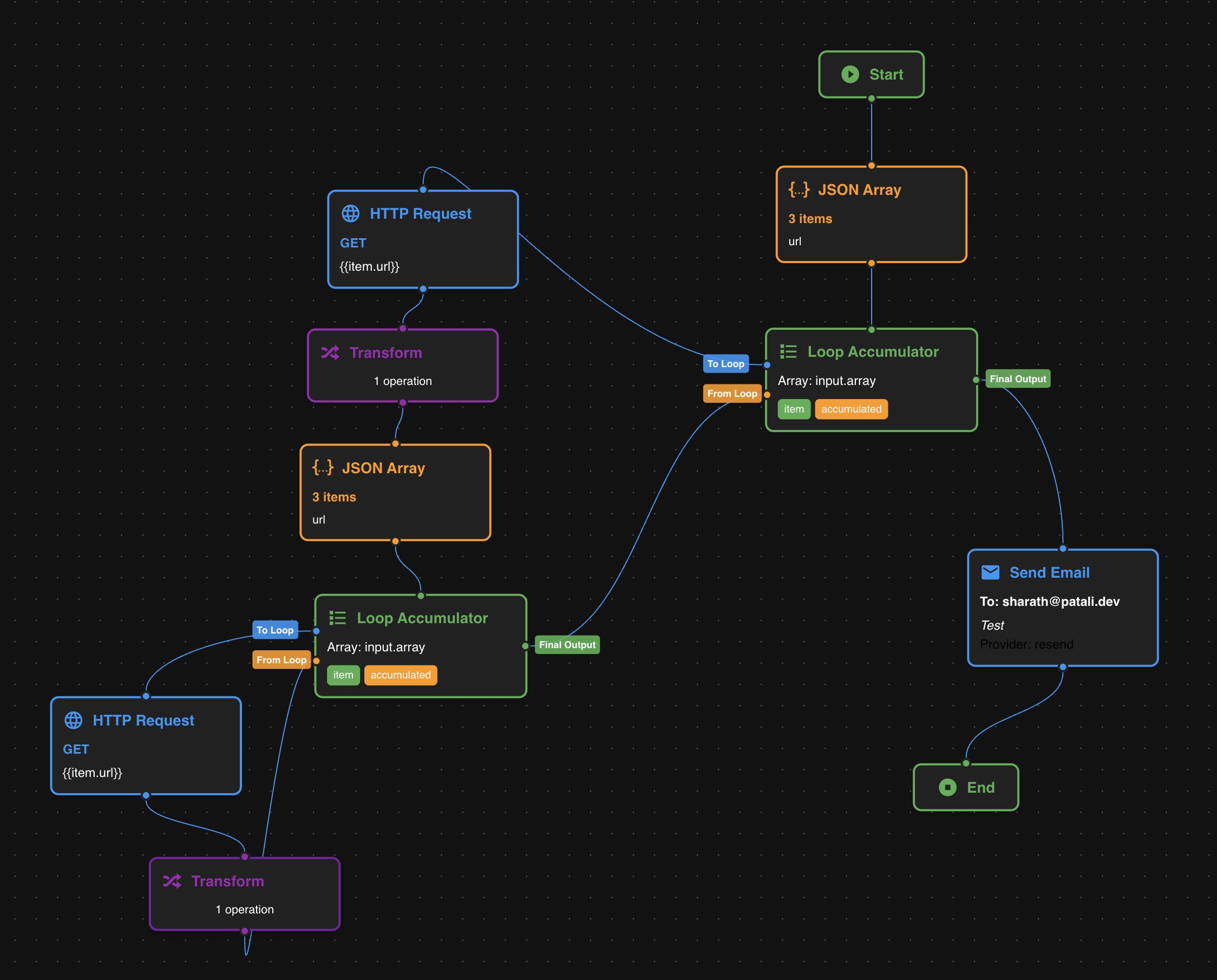Nov 29, 2025

Journey so far and v0.1 alpha announcement
It’s been close to 4 weeks since I last wrote about Yantra. Within a week I wanted to wrap up the project, clean it up and then make the repo public. In a classic case of chasing the next interesting project to do, I got distracted with electronics and began 3 separate projects (Will write about it in the future). I was also apprehensive about sharing the code as I kept finding edge cases that I wanted to fix before release. It was an endless cycle of fixing and testing. So I finally had to take a call and release it in whatever state it is in.
Nov 2, 2025
NOTE: I asked Claude to help me distill this topic from my notes, and it did such a fine job that I hardly made any changes. I left this explanation in place because it's a succinct overview of Yantra's node execution process.
At its core, Yantra represents workflows as Directed Acyclic Graphs (DAGs). Let’s explore exactly what that means and why this design choice is crucial .
What Is a DAG?
- Directed: Data flows in one direction (node A → node B)
- Acyclic: No loops back to previous nodes (no infinite cycles)
- Graph: Nodes (tasks) connected by edges (data flow)
Why Not Just a List?
Because real workflows aren’t linear. Consider a typical DevOps automation:
Nov 2, 2025

Growing up, I was fascinated by Tom’s and Wile E. Coyote’s elaborate contraptions that set up impossibly complex chain reactions. The end result was usually Jerry or the Road Runner outwitting them, but it wasn’t the fault of the machine itself. I even attempted a few times to set up my own Rube Goldberg machine. I was thinking the other day that I find some DevOps tasks fun for exactly the same reason. The magic is how the chain comes together and ultimately produces some result. It’s fun to see the chain reaction in action.

